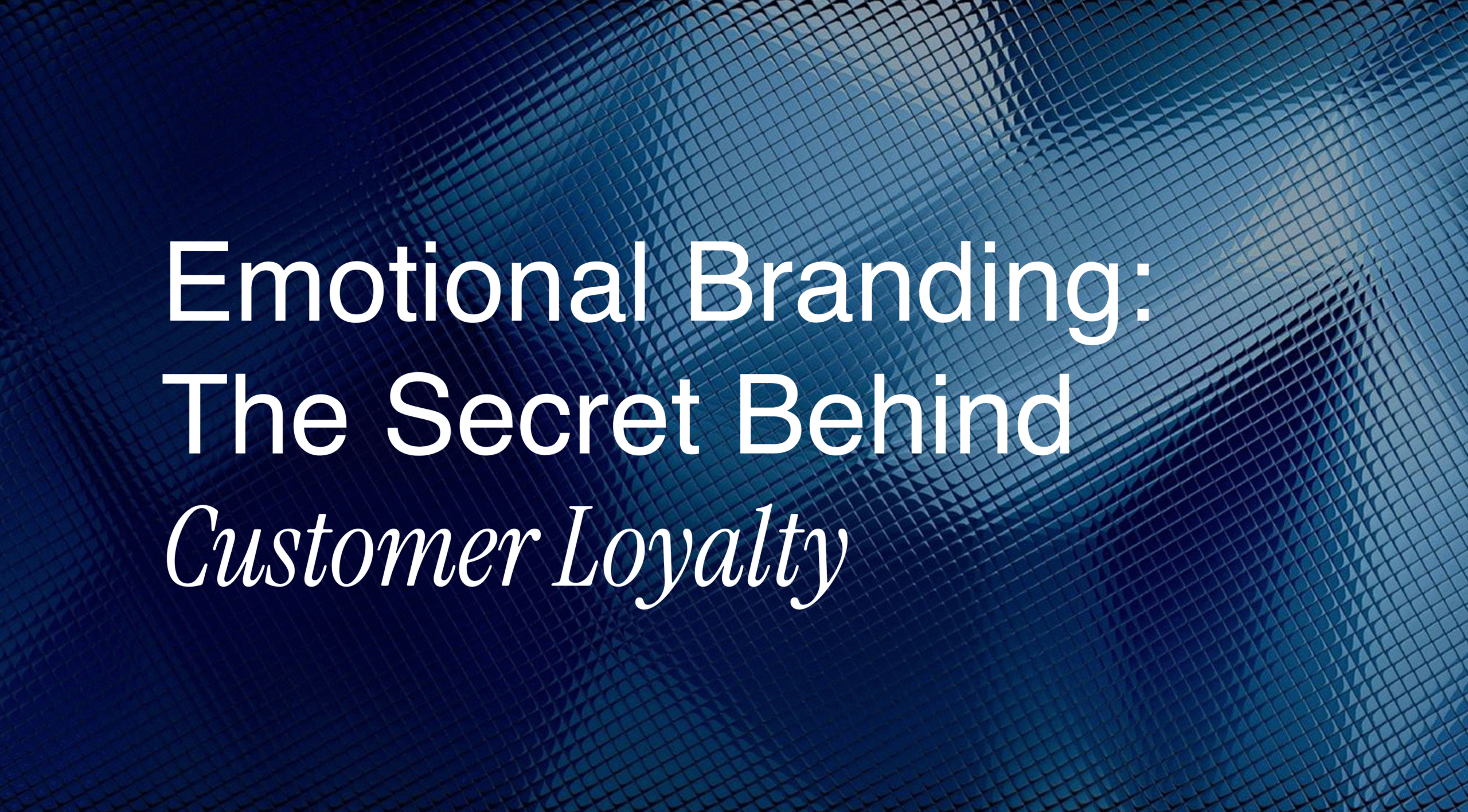In today’s crowded market, great products and clever ads aren’t enough to set your brand apart. What truly wins hearts and repeat business is emotional branding—the art of forging real connections with your audience. Brands that trigger feelings—joy, trust, nostalgia—don’t just sell; they become part of their customers’ lives. Discover why emotional branding is the secret behind customer loyalty, and how you can use it to create stronger, lasting bonds with your audience.
Why Emotional Branding Matters More Than Ever
In a digital world overflowing with choices, emotional branding is the key to earning unwavering loyalty. Here’s why:
- Buyers make decisions with their hearts, not just their heads. Neuroscience research shows that people rely on emotion, not logic, when evaluating brands.
- Memories fuel decisions. Consumers remember how your brand made them feel long after they forget product specs or pricing.
- Loyalty grows from feeling understood. When customers sense that a brand genuinely “gets” them, they stick around—and advocate for you.
The Science Behind Emotional Branding
How Emotions Drive Customer Loyalty
When we talk about emotional branding, it’s not just fluff. Studies prove that emotional responses to ads are three times more likely to influence buying intent than content. That means connecting emotionally isn’t just a nice-to-have—it’s a business strategy that pays.
Brands that tap into universal emotions—like happiness, belonging, pride, or even nostalgia—create more memorable and influential experiences. With time, these emotional connections integrate your brand into the everyday experiences of your customers.
Key Strategies for Building Emotional Branding
Ready to harness the power of emotional branding? Here are proven steps to get started:
1. Tell Stories That Resonate
Storytelling lies at the core of emotional branding. People remember stories, not slogans. Share your brand’s journey, your mission, and the real challenges you’ve overcome.
- Highlight customer success stories.
- Share behind-the-scenes moments and team milestones.
- Use video and imagery to bring stories to life.
(See how storytelling drives engagement on our content marketing services page.)
2. Humanize Your Brand Identity
Brands aren’t faceless corporations—they’re groups of people serving other people. Show your personality:
- Use a conversational, relatable tone.
- Showcase your team, their passions, and day-to-day work.
- Let leaders and founders share personal messages to your audience.
3. Focus on Brand Values, Not Just Features
Emotional branding puts your “why” at the center. Make your brand values visible in everything you do:
- Support causes your audience cares about.
- Take stands that resonate with your community.
- Celebrate achievements and milestones that matter to your brand story.
4. Create Memorable Sensory Experiences
Small details like a signature scent in your store, specific sounds in your ads, or a consistent color palette—spark emotional associations. These sensory cues trigger memories and reinforce positive feelings every time someone encounters your brand.
5. Foster Two-Way Engagement
Treat your customers as partners, not transactions.
- Respond to feedback quickly and with empathy.
- Encourage your audience to tell their personal experiences with your products.
- Celebrate user-generated content and real customer testimonials.
Looking to see this in action? Browse our featured works for real-world examples of brands successfully using emotional branding.
Emotional Branding in Action: Real-World Examples
Many of the world’s top brands have earned lasting customer loyalty by forging deep emotional bonds.
- Apple: Inspires creativity and innovation, making users feel like part of a forward-thinking community.
- Nike: “Just Do It” rallies customers around confidence and determination, offering a sense of belonging to anyone striving for greatness.
- Coca-Cola: Their marketing evokes simple happiness and shared moments, transcending the drink itself.
These brands aren’t just known for what they sell; they’re remembered for how they make people feel.
Avoiding Common Pitfalls in Emotional Branding
Not every attempt at emotional branding hits the mark. Watch out for these missteps:
- Being inauthentic or “jumping on the bandwagon” of trends or causes you don’t truly support.
- Overpromising or setting expectations you can’t keep.
- Sending mixed signals—be consistent in your messaging, visuals, and voice.
Measuring the Impact of Emotional Branding
Tracking emotional branding can be tricky, but look for:
- Increased engagement rates (comments, shares, user-generated content)
- Higher Net Promoter Scores (NPS) and repeat customer rates
- Brand mentions and positive sentiment in reviews and on social
Tools such as sentiment analysis and customer feedback platforms can help you monitor the emotional health of your brand.
Ready to Start Building Loyalty with Emotional Branding?
Emotional branding isn’t about manipulation—it’s about forging genuine, lasting connections that inspire customer loyalty. By focusing on human stories, authenticity, and shared values, your brand can become not just “liked,” but truly loved.
Want to craft an emotional brand that keeps customers coming back? Contact CreativHeads Agency for a strategic consultation.
Make every customer feel valued, and loyalty will follow.

